Alright, Mother, let’s discuss this valuable liquid gold you give out. I mean that which nourishes your baby to grow strong and healthy. Although getting the best storage containers for breast milk is vital, it is not all there is to it. We’re going further than just bottles and bags. Let’s talk about why intelligent storage is all about making sure you will get what you need and how to choose what’s right for you in breastfeeding.

Comparing Bottles vs. Bags Is Harder Than You Might Think
You may therefore be wondering, what’s the big deal? All you have to do is get a handle on some containers and I’m good, aren’t I? Well, almost. Similar to every baby being unique, so are the specific milk storage needs of each mom. This article will dissect both sides concerning their pros and cons so that you can make an informed decision.
The Low-Maintenance Option
These bags are like sweatpants for your milk: easy breezy, convenient, and great for people who don’t sit until late at night. Most are usually disposable meaning you don’t need to wash them off. In addition, they take up very little space when placed in your fridge packed flatly hence utilizing maximum space available for storage of other items. They’re perfect for moms pumping on the job or on the run who want no-fuss clean-up.
Breastfeeding bags: Go for bags designed specifically to store breastmilk – these should have double zip locks capable of preventing any leakage.
Breastmilk freezer bags: If you care about saving every inch in your freezer then flat ones are yours.
The Reusable Choice
Like your go-to pair of jeans, these bottles are reliable and durable, always present when you need them. Most come in glass or other thick plastics that can be washed over and over again without breaking down quickly. Some mothers find it easier to pour from bottles while others claim that babies prefer drinking from them compared to their counterparts. In case one has limited fridge space, cares much about environmental conservation or expresses a lot of milk; this may present an opportunity where using bottles is more appropriate than other methods.
- Breastfeeding jars: Many feeding bottles have compatible tops which can be used also as storage vessels.
- Milk bottle storage: If your refrigerator capacity is small enough, stacked bottles could fit right in!
So, Which One’s Right for YOU?
A single size does not fit all. Your lifestyle, financial situation, and personal tastes will all influence the ideal storage option for you. You have to ask yourself the following things:
- How much milk are you pumping? Bottles might be cheaper in the end if it is a lot.
- Where are you pumping? In case you travel, this means bags are just perfect.
- What’s your cleaning style like? Disposable bags could work well if washing dishes isn’t your thing.
- What does your baby prefer? If he/she prefers bottles to anything else, then this is something worth considering.
And remember, you don’t have to choose just one! Many mothers use combinations of both bag and bottle types depending on the occasion. However, the important thing is having a system that works for you so that you can spend as much time as possible doing what really matters- feeding your child properly and savouring those early moments.
Five Best Breast Milk Storage Containers Every Mama Needs to Know
Now mummy, after we are through with the discussion between bags and bottles it is time to deal with some details: choosing a container that will best suit your liquid gold. You may believe that all containers are equal and this is not true at all! There are several solutions available, and each has advantages and disadvantages of its own. Don’t worry, though; I’m here to help. This is your ultimate guide on the top 5 breast milk storage containers which takes into account everything from material to unique features, enabling you to have a choice in accordance with your requirements.
Kiinde Twist Pouches (Plastic):
- Capacity: Different sizes are available from 4 oz to 8 oz.
- Ease of Use & Cleaning: Yes, very easy! Stand-alone structure for clean filling plus a screw-on cap. Dispose of them away and hence no washing is required.
- Price: Moderate.
- Unique features: For those certain pumps direct-pump adapters are available making it simple to pump and store. It is Leak-proof and safe in the freezer.
Lansinoh Breastmilk Storage Bags (Plastic)
- Capacity: Choose either 6 or 8-oz options
- Ease of use & cleaning: Pre-sterilized for immediate use. Two zip seals ensure reliability.
- Price: Cheap.
- Unique features: Lay flat for compact storage purposes; strong and resistant to pricking easily.
Medela Breast Milk Storage Bottles (Plastic)
- Capacity: 5 oz or 8 oz variants
- Ease of use & cleaning: Pouring out milk becomes easy as the bottles have a wide opening, which also makes it convenient when cleaning them. Compatible with most breast pumps.
- Price: Intermediate
- Unique features: Travel caps are provided for convenience while on the move. Stackable design.
Dr. Brown’s Milk Storage Bottles (Glass)
- Capacity: Choose either 4 or 8-oz options
- Ease of use & cleaning: There is a large opening which allows simplicity in accessibility. Can be put into dishwashers and sterilizers too!
- Price: Expensive
- Unique features: They are made out of sturdy glass that is free from BPA. They can also fit Dr.Brown’s bottle nipples thus feeding will be an easy task.
Haakaa Silicone Breast Milk Collector (Silicone)
- Capacity=4 ounces
- Ease of use & cleaning = The suction base ensures it remains on your breast while nursing on one side and pumping on another side. Dishwasher proof.
- Price: Low-cost
- Unique features: It passively collects let-down milk. It is also small and can be carried around.
Choosing the Perfect Container for You
Your ideal container will depend on your specific needs, as well as how you live. Consider the total amount of milk you would pump usually, if it is stored in a refrigerator or freezer and which of its qualities are vital.
Pro Tip: Mix and match! Few nursing mothers use bags during freezing and bottles when putting them into the refrigerator. The key to everything is finding out what suits you and your baby most.
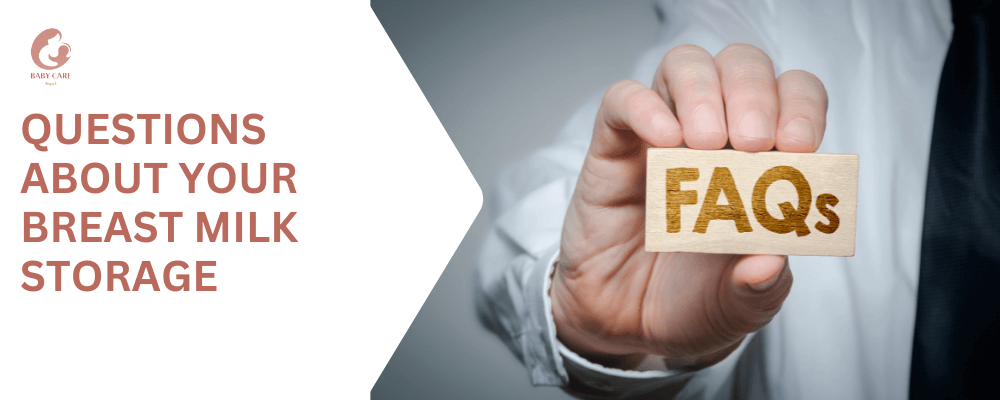
FAQ Friday: Responded! Questions about your Breast Milk Storage
Alright, mama, I know you’ve got questions. Trust me, every breastfeeding mom does! It’s natural to wonder about the ins and outs of storing that precious liquid gold. Mums inquire if they should store it in a particular way or not and this is how breast milk storage questions are born.
Q: What container should I use for storing breast milk?
A: Ah, the million-dollar question! Honestly, though, the “best” type of container will depend on your personal needs and preferences. You may prefer using breast milk bags when space is an issue or convenience. On the other side of things, if you are concerned with reusability or seek something tougher, opt for using breast milk bottles as a perfect fit. Top recommendations above will be useful in identifying what suits you perfectly.
Q: Bags or Bottles? Which one is better for storing breast milk?
A: There’s no right or wrong answer here. Bags are great for freezer storage and travel, while bottles are durable and can be used for feeding too. Many mamas use a combination of both! Just find what works best for you depending on your lifestyle and budget.
Q: What is the best system for storing breast milk?
A: Mama, organization is key here! A tray/basket dedicated to milk storage could help keep the fridge/freezer neat with your neatly packed containers well arranged within it daily. Add dates and times when pumped onto them before using the oldest ones first.
Q: Can I mix different days’ expressed breastmilk together?
A: Yes! Mind that all these different milks must have similar temperatures; therefore chilled milk can only be mixed with chilled while frozen with frozen milk.
Q: Is it possible to pump into the same bottle within 4 hours?
A: Absolutely! As long as pumping occurs within a four-hour period span freshly expressed milk can be combined with already chilled breast milk that is in a bottle. New milk should just be cooled before adding to the old one.
Q: Can infants consume cold breast milk?
A: Cool and safe! Babies can safely consume cold breast milk. Some newborns even appear to love it! You can use a bottle warmer or submerge the bottle in a basin of warm water to reheat it. Take your temperature before consuming any food, don’t forget.
Q: What are the right storage limits for my breast milk?
A: Here’s a quick cheat sheet:
- Room temperature – 4 hours
- Insulated cooler bag – 24 hours
- Refrigerator- 4 days
- Freezer- Up to 6 months (best) or up to 12 months (okay)
Q. What is the shelf life of Ziploc bags for storing breast milk?
A: Not suggested. Ziploc bags might not be as durable or leak-proof as bags designed specifically for storing breast milk because they are not intended for that application.
Q: How should I store my expressed breastmilk?
A: Mama, it will depend on what you like best. As long as they are safe and designed for storing such liquids, whether bags, bottles or both, choose ones that suit your needs and style.
Q: How many times should breast milk be expressed to store?
A: That depends on your child’s age and the volume of your milk. Broadly speaking, you can pump any time you like just to keep up with your supply and pile some stock for future use.
Q. Can I freeze breast milk that has been refrigerated for four days?
A: It is feasible, really. You can freeze refrigerated milk to prolong its shelf life if it hasn’t been used within four days. Just don’t forget to provide the initial pumping date.
Level Up Your Milk Storage Game: Tips & Tricks for Happy Mamas (and Babies!)
Think you’ve got breast milk storage all figured out? Think again, mama! There’s more to it than simply selecting the right container. You need just a few tricks here and there to boost your milk collection, save it longer and make your life easier as a mother.
Tip 1: Freeze Flat, Thaw Upright
This one trick will be a lifesaver especially if you are using bags. Stack the bags in the freezer flat so that you can then stack them upright when frozen. This maximizes space in the freezer and makes finding the desired milk easier.
Tip 2: Date and Label Everything
Believe me, this is something that you’ll thank yourself for later. Get each container labelled with the time and date of expression so as to use up the oldest before moving on to the newest. Besides, it feels good to accumulate a stash!
Tip 3: Don’t Fill to the Brim
Do not fill your containers with milk until they overflow because breast milk expands when frozen hence fill only two-thirds full since expansion occurs.
Tip 4: Store Small Portions
Instead of freezing large amounts of milk, freeze it in smaller portions (2-4 ounces) which allows thawing of only what is needed when required thus reducing wastage of time.
Tip 5: The “Back of the Fridge” Rule
Don’t store your milk at the fridge door because the temperature fluctuates where as keeping it at back end remains coldest and consistent temperature-wise within a refrigerator.
Tip 6: Invest in a Good Cooler Bag
A quality cooler bag with ice packs is essential when pumping on the go or needing to transport milk. It will keep your milk cold and safe until you can get it home.
Tip 7: Don’t Stress About a Little Separation
When stored, breastmilk separates into layers, don’t worry about it, just give it a gentle twist and it will mix well before you can feed your baby.
Tip 8: Trust Your Instincts (and Your Nose!)
If your milk smells sour or off, trust your gut and toss it out. Fresh is the best breast milk for your baby.
Your Liquid Gold, Your Choice
You are doing great, Mama! You are nourishing your baby with an amazing gift- your own breastmilk. It’s so easy to handle storage when you plan a little ahead using these simple tips because what is most important in this world is bonding with our kids.if you are interested to know about How to Warm Up Breast Milk so Please click here.
So take a deep breath; pat yourself on the back because yes-you did it! In case any queries arise, feel free to contact either a lactation consultant or a doctor. They are here to guide and support you as much as they can.

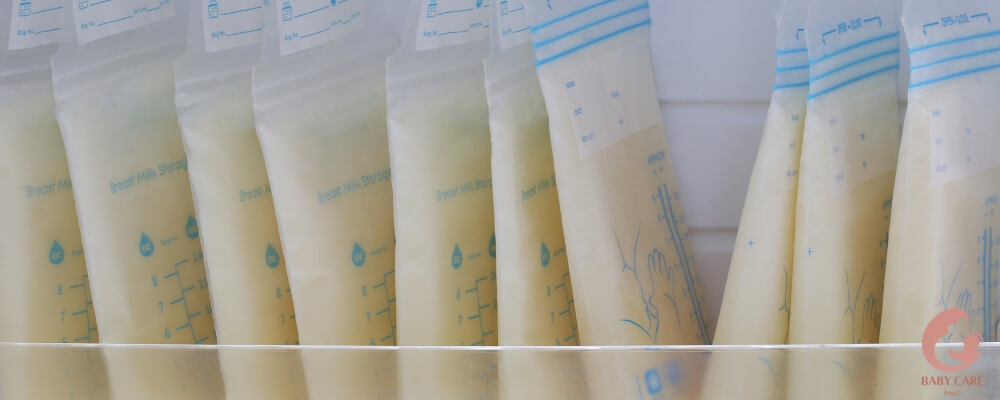
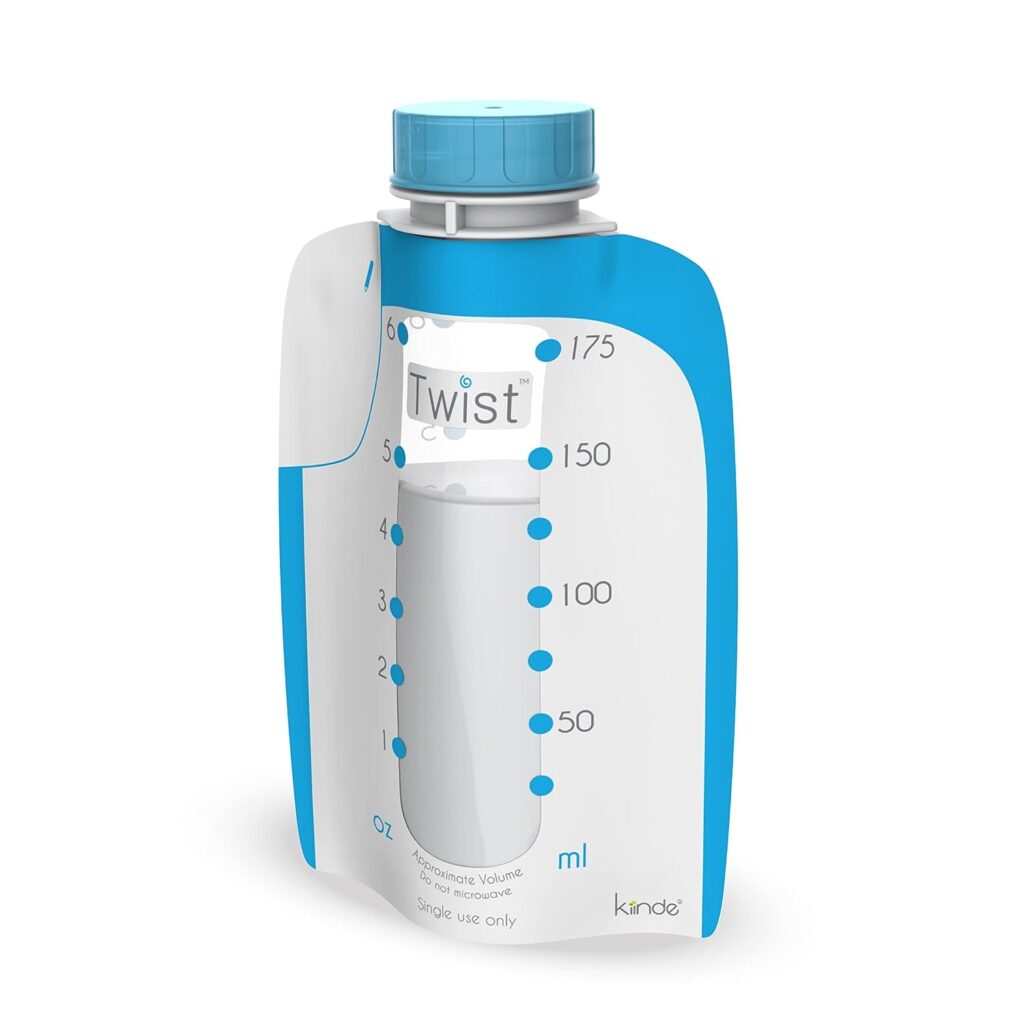
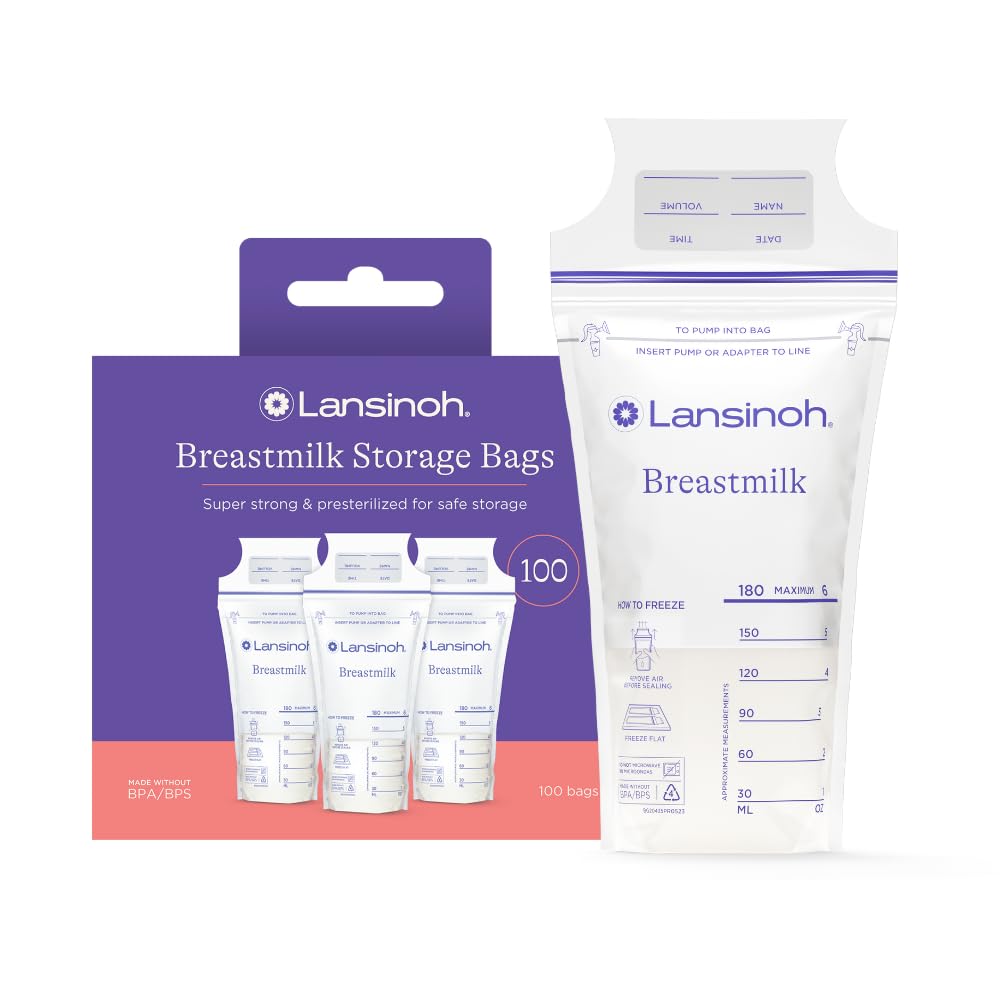
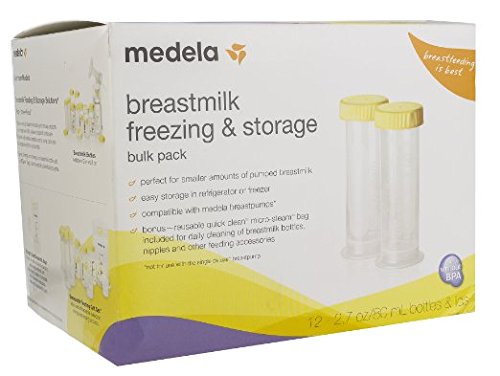
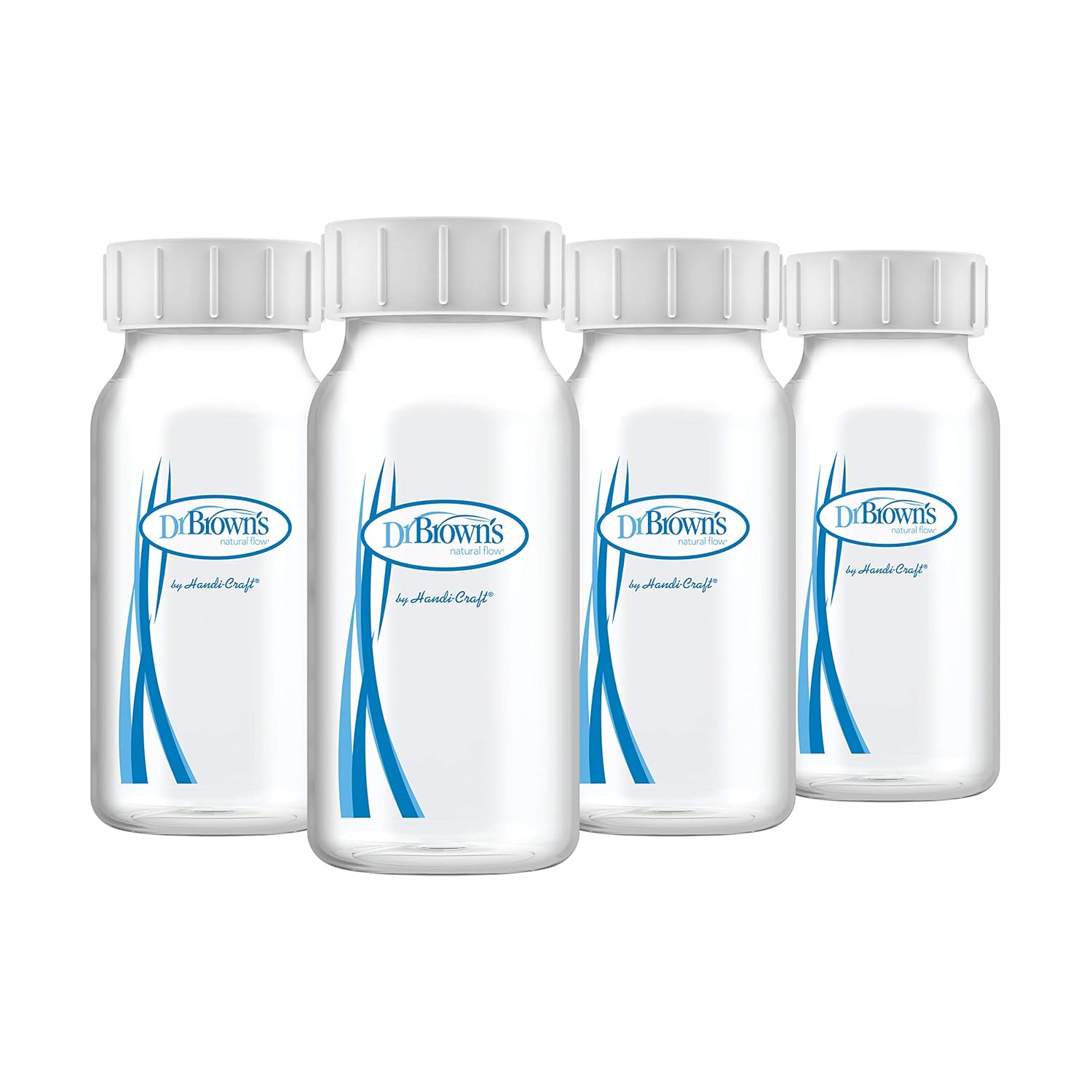





[…] What are some of these breast milk containers that you love? Do you have any tips or suggestions for other moms? Just leave us a comment below and share with us! We’re all going through this together and hearing from others can lighten up our breastfeeding journey just a little bit more easily!. if you are interested to know about Breast Milk Storage Containers please Click Here. […]